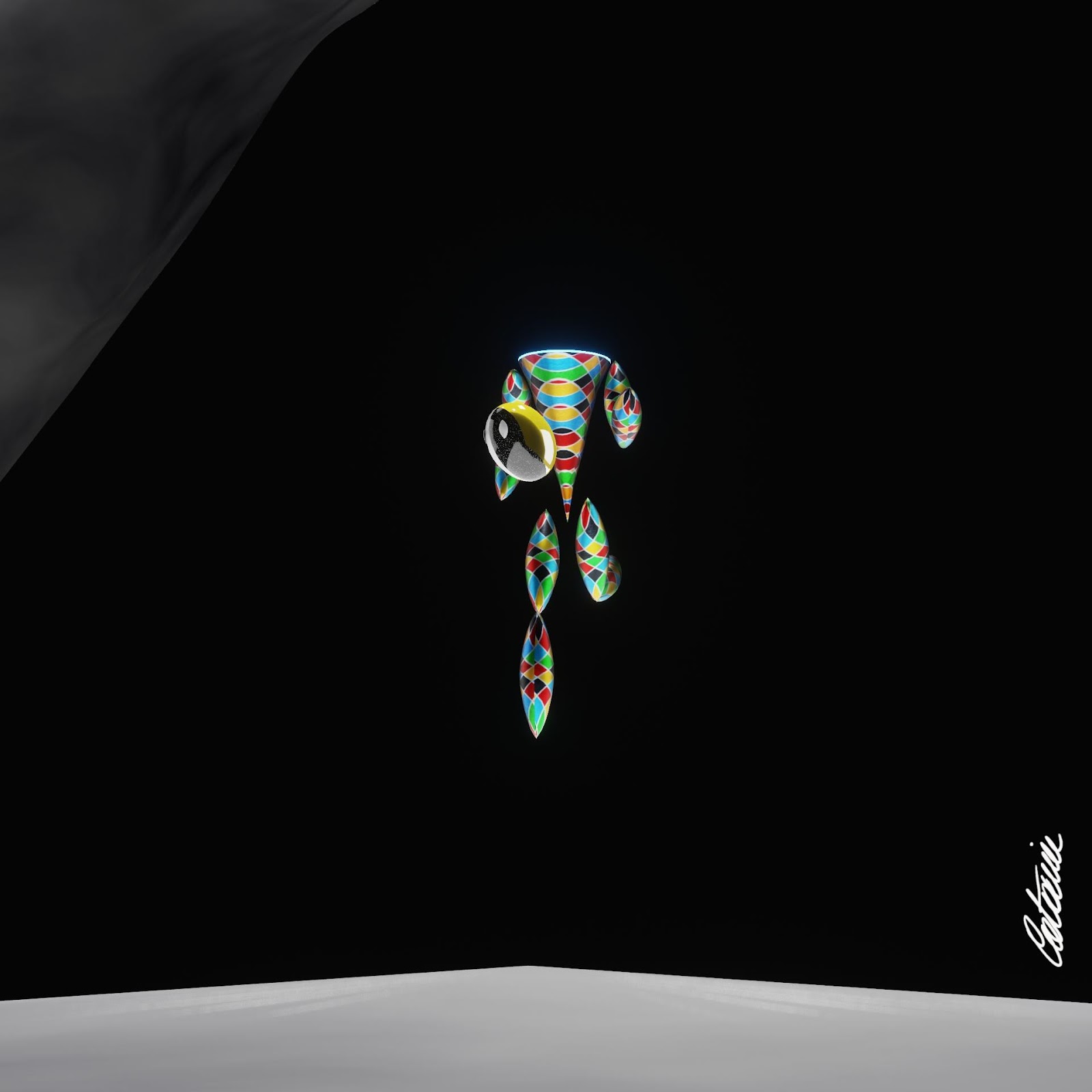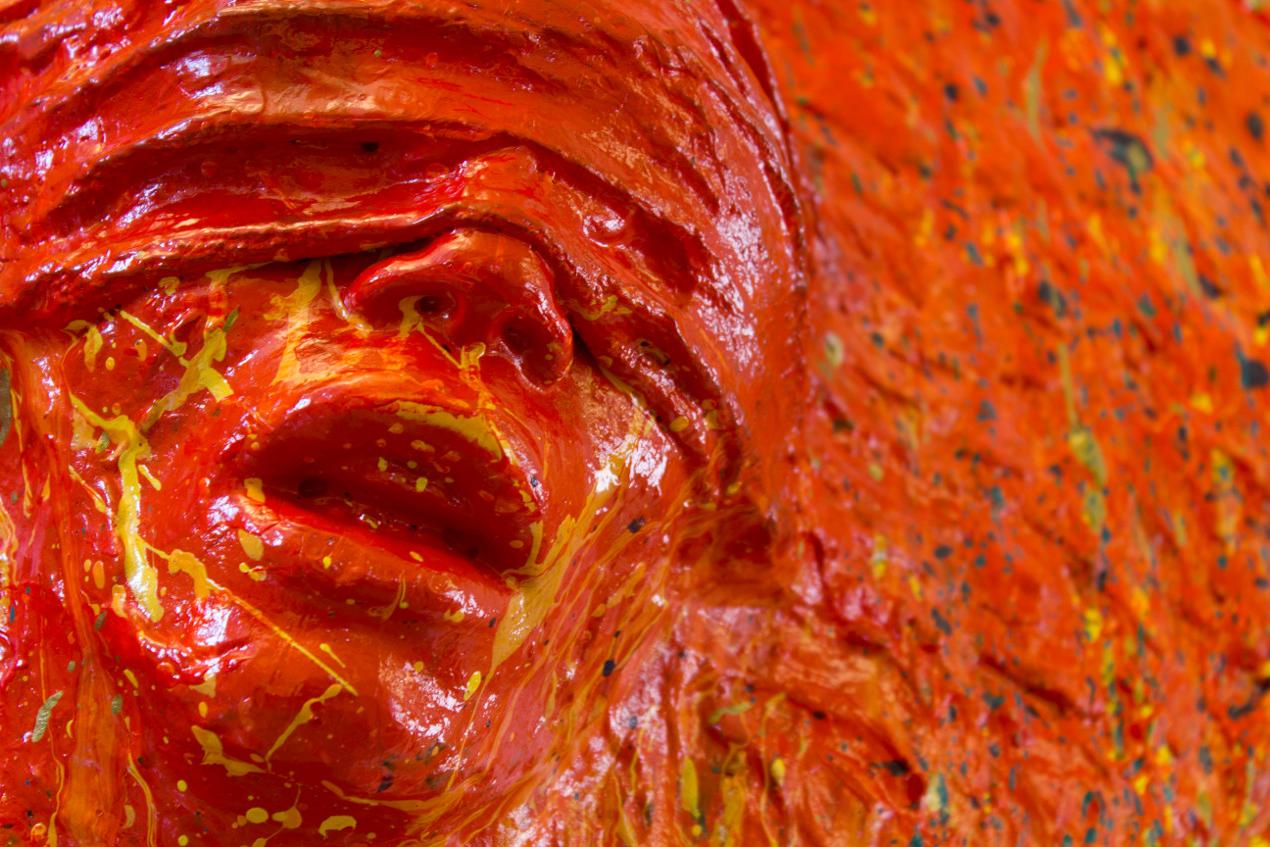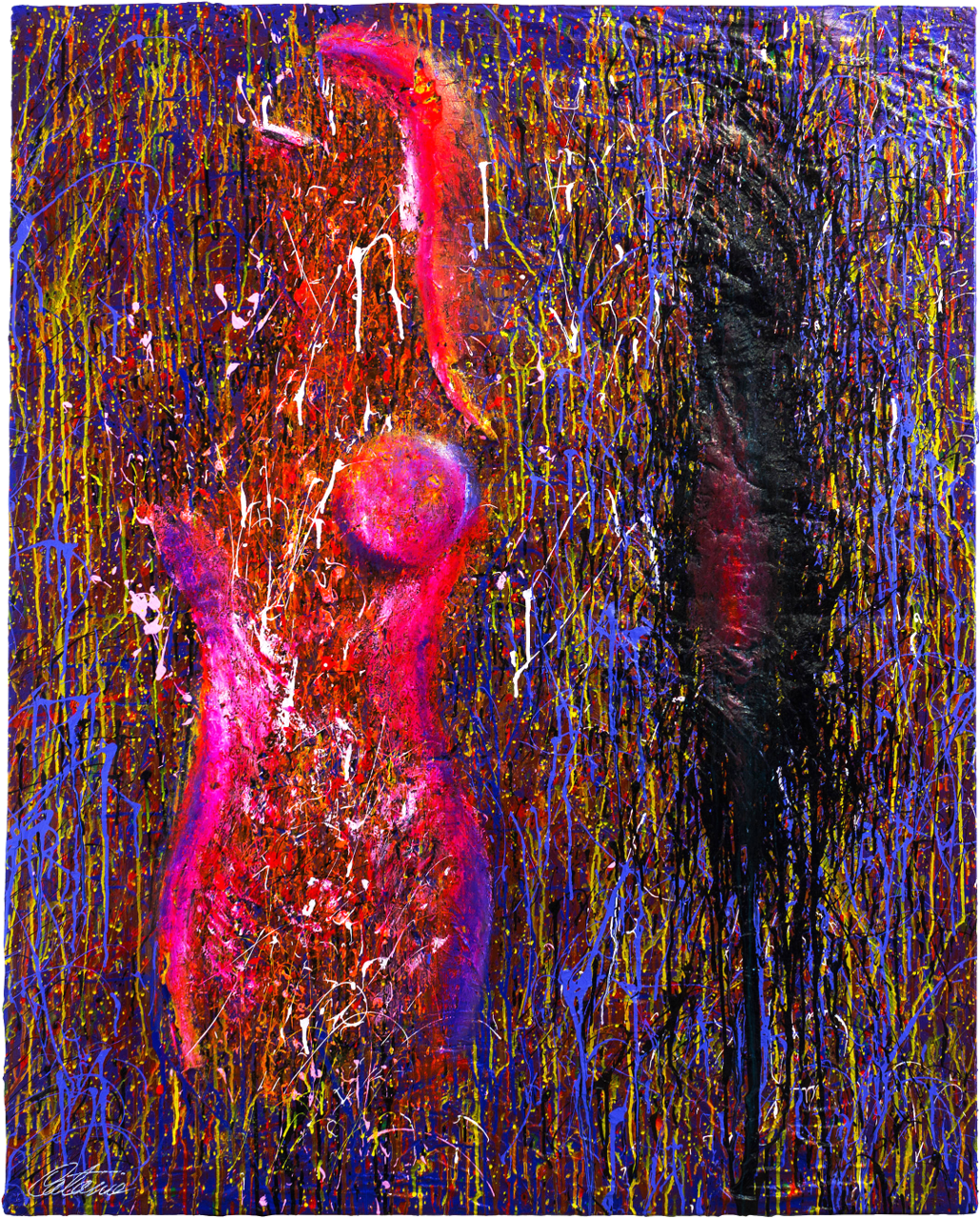
Cesare Catania: The Artist of the Future
The face of contemporary art is changing rapidly and creativity is increasingly opening up to new perspectives, according to a combination that combines innovation and tradition, just as happens in the production of Maestro Cesare Catania, one of the greatest exponents in Italy and in the world of a artistic production that looks to the future without forgetting the past.
Catania’s works are permeated by a continuous dialogue between art, science, engineering and research, thus amplifying the creative power of sculptures, paintings and NFTs which represent the soul of the Maestro’s varied production.
Degree in engineering, passion for mathematics on the one hand and for music on the other, Catania is constantly looking for new expressive forms through which to experiment, communicate and innovate. In this sense and for this reason he perfectly embodies the idea and ideal of the “artist of the future”.
Furthermore, his multiple interests, his love for life, his thirst for expressive research are fully reflected in an absolutely heterogeneous production that ranges from NFTs to sculpture, up to paintings but without ever indulging in a standardized style or always use the same materials.
Cesare Catania is constantly evolving towards the future and never tires of experimenting with new works: oil and acrylic paintings on canvas, tapestries, sculptures, three-dimensional works of art, sketches and works of genius, including monumental sculpture and the architectural works with artistic purposes speak to us of an eclectic, sensitive and refined character who has long been included among the great names of contemporary art, receiving the favor of the general public and the acclaim of international critics.
But what does “Artist of the future” mean? Why do we like to define it like this?
“Artist of the future” is that artist who in a multifaceted way manages to describe and represent his own emotions, arousing the same number of them in the final public, in a perfect mix of traditional art and digital art, where the digitalisation of the artistic work itself is not aimed at financial speculation as one might mistakenly think but rather an amplification of all those emotions that traditional art expresses.
Thanks to digital art, therefore, Cesare Catania reinforces messages and feelings contained in traditional art works.

Frame of “Harlequin in the Land of Giants” (B Version) – NFT – (year 2022)
A tangible example is the work “Harlequin in the Land of the Giants” (2017), an oil masterpiece that Catania revisits in a digital key, expressing his thoughts in an even more explicit way: man, represented by Harlequin (a comic and dramatic character at same time), he is intent on chasing his thoughts. In this chase, the head rolls and twirls in space, as if to simultaneously show both the carefree and light-heartedness of the character and the continuous pursuit of his own ideas and ambitions. All immersed in a land of giants, which for him represent multinationals.
Increasingly launched into new activities and exhibitions all over the world, Catania is preparing to arrive in Israel in November for the Jerusalem Art Biennial (6th edition) and from January 2024 many new features are in store for art lovers contemporary art from all over the world.
Biography of the Artist Cesare Catania
Cesare Catania was born in Milan on 1st February 1979. He spent much of his life in his native city, where he developed both in his private life and during his course of studies, a real aptitude for graphic and pictorial arts.
Early childhood clearly shows, as well as the visual arts, his passion for mathematics and music, two disciplines each other so different yet for Cesare Catania so similar.
His grandfather violinist transmits the passion for musical instruments and at the age of nine the growing contemporary artist begins taking piano lessons. Within the next 10 years of studying the piano he develops a passion for rigor and creativity of classical music.

Detail of “The Man Who does not See” (year 2013)
Being a Contemporary Artist Without Prejudice
In mathematics and music the Cesare Catania finds, in the course of his artistic and cultural education, the natural completion of his essence, on one side direct to the rigorous and the schematic way of approaching life and on the other side towards a vision of multiperspective of the same, a vision that the latter will bring him to approach any discipline from plans to points of view different among themselves. This lack of prejudice will also be observed in his artistic expressions, capable of grasping the essence of the object painted in paintings both highly detailed and realistic (such as in his paintings “Metaphysical Composition” – 2016, in “Artistic Composition” – 2016, “The Dynamics of the Movement” – 2016) and in other symbolic abstracts ( the “Vanity” – 2014, “Flamingos at the Mirror” – 2015 – the “Tear” – 2012).
The first notable paintings date back to 1995, when the contemporary artist expresses his creativity during school hours dedicated to design, showing particular aptitude for both prospective studies and for informal graphics – abstracted.

“Vanity” (year 2014)
Contemporary Artist and Love of Engineering
In 1998 Cesare Catania enrolled in the faculty of engineering where he improved the perspective and isometric studies and learned to observe the problems and the reality surrounding them by breaking down all the shapes into simple three-dimensional polygons. This ability to break down and to mould solids that are around him are found in the paintings of the contemporary artist, which express reality and feelings of both two-dimensional overlapping plans (see for example the paintings “144 : Jazz Trio” – 2014, “Nice (tribute to Matisse and Chagall)” – 2015) and with the elegant and harmonious approach of solid and curvilinear shapes (such as in the painting “Summer readings (tribute to Pierluigi Nervi)” – 2016).
His love for geometry and mathematical sciences in general soon brought him closer to sculpture. A geometric and rigorous sculpture in its shapes and often eclectic in its colors and choice of materials: rusty iron, silicone and acrylic, mineral pigments, natural rope, marble dust, plaster and cement. These are the materials that distinguish the most important sculptural productions.
We remember only some of his most famous sculptures, such as “The Mouth of Etna“, created in 5 versions; “The Heart of the Earth” made in 5 different versions, “The Embrace F Version” (a monumental sculpture made by steel), “Absence” and “Presence” (belonging to the “Feelings and Emotions” collection). And then we find the latest collection entitled “The Other Side of the Moon”, in which the Italian artist puts himself to the test with new materials such as Murano glass and wood, demonstrating an innate artistic versatility.

“I Sestieri” (Sculpture – year 2023)
Contemporary Artist as an Intermediary Between Art, Science, Mathematics, Photography, Music, Engineering and Technology
As well as a strong aptitude for both technical sciences and artistic sciences, Cesare Catania matures over the years a particular passion for photography. In particular, his attention is captured by the colors and the camera’s ability to capture in one click all the strength and dynamism of moving scenes. The same attraction to the dynamism is easily seen in many of his paintings, both in the formal ones and in the informal and abstract ones. In his “The Violinist of Barcelona – Version B” – 2016, for example, the artist portrays the protagonist just as in a photograph in which the orchestra and the background disappear to give way to an eccentric musician in an immortalized motion in a stationary strong and intense image.
Studies in mathematics and engineering together with a passion for art in general give rise to works that blend sculpture and painting, oil painting and innovation (use of silicone and acrylic-based materials). All this to create three-dimensional works that “literally come out of the canvas”.
With an eye always turned to the future, the artist approached digital art already in 2017, initially using it as a tool to explain his Cubist works, then giving the digital product its own artistic form. In fact, the artist understands that thanks to digital it is possible to express emotions and sensations that are difficult to express through physical art. Thus began his digital journey which led him to become, especially with the advent of NFTs, one of the most influential crypto artists in the World.
Among his most famous NFTs we remember: “The Harlequin in the Land of the Giants (B Version), a short film of almost 3 minutes taken from one of his own paintings from 2017.
“The Heart of the Earth”, “The Cage” (B Version), “The Mouth of Etna” (G Version), The Harlequins”, “The Man Who Does not See” (the latter officially presented for the first time in Venice in April 2022). All of his NFTs have a strong connection to his physical art, but none of them are ever replicas of him. Indeed, for Cesare Catania digital art becomes a booster to excite and get excited.
Contemporary Artist and His Techniques
Cesare Catania often prepares his canvases with real projects and static studies, so as to adhere to the canvas in a complete and lasting way a fragile and difficult material to handle such as chalk. The latter in many of his paintings is reinforced with nails and nets to follow the outline of the design, highlighting the ability of the contemporary artist to fuse together creativity and capacity to rationalize and to break down the shapes of the painting. In the “Lisbon Zoo” for example the author portrays, in a vision of overlapping levels, animals such as an elephant, a giraffe and a bull. These, made from chalk and painted with strong acrylic colors, fill the scene of three overlapping levels and in a dynamic way.
Cesare Catania’s paintings are a “still image” of actions and feelings, extreme synthesis between obscurity and attention to detail. Fascinated by modern art, from architecture, from cubism and from painting masters from the classical age, Cesare Catania’s artistic maturity is still evolving; always looking for new techniques to make the most of his inspirations.



